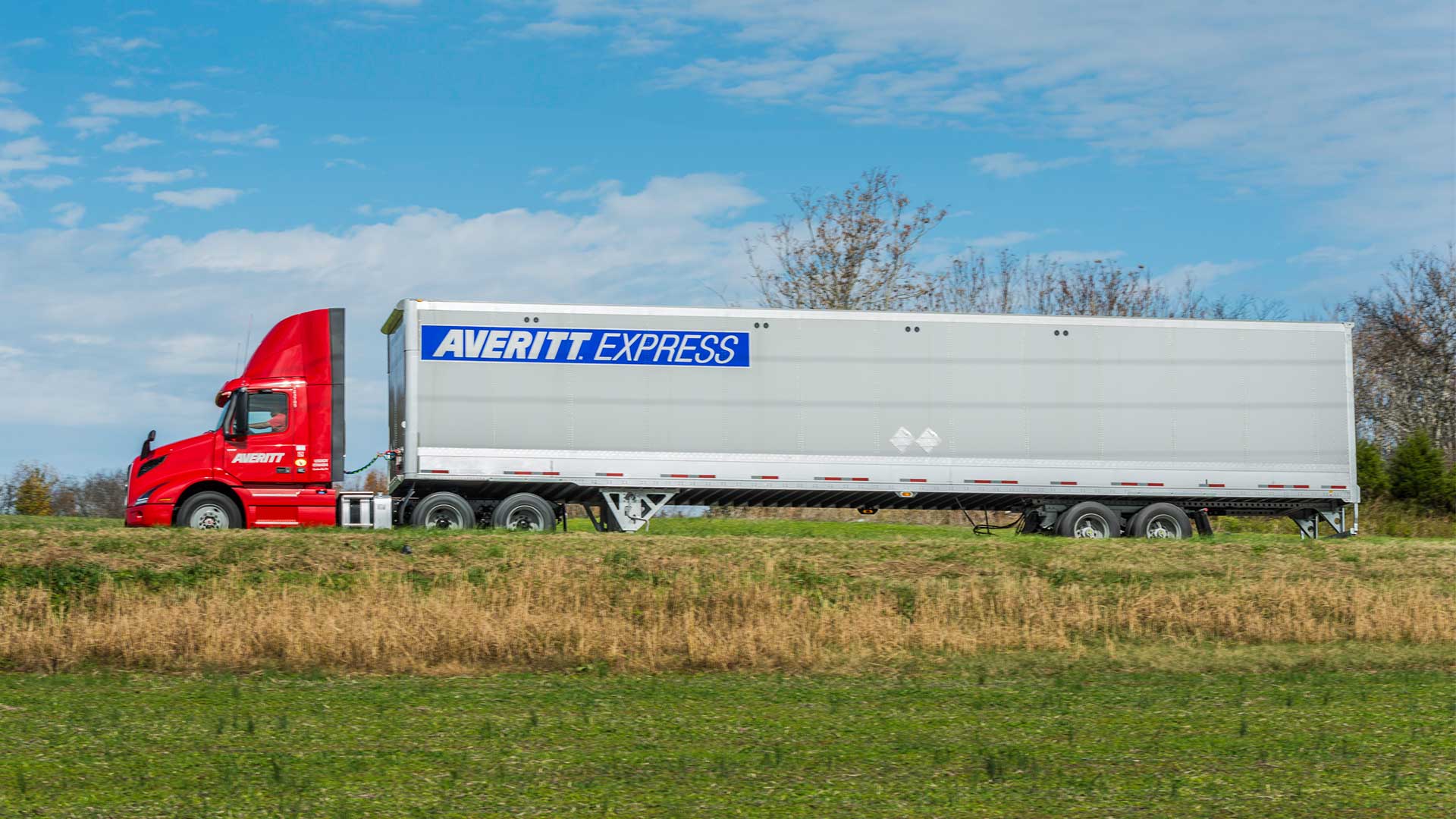Do you ship to or from Canada? If so, you know there’s no shortage of paperwork and shipping rules involved when shipping across the U.S-Canada border. In fact, it can be easy to miss something - and many cross-border shippers do, inevitably causing delays and service failures. How can you avoid common cross-border shipping mistakes when moving goods to and from Canada? Here are five tips to get you started:
-
LIST THE CUSTOMS BROKER REPRESENTING THE IMPORTER ON THE BILL OF LADING, THE SHIPPING INVOICE, OR BOTH.
When you don’t indicate the customs broker, your carrier must do extra work and find the appropriate customs broker. Your shipment will be delayed until the carrier confirms the customs broker.
-
ALWAYS LIST CURRENCY OF SALE ON YOUR INVOICE.
If you are a U.S. shipper, you might think everyone just assumes your goods were sold in U.S. dollars. However, Canada Customs Trade Compliance laws require you to list the currency of sale on your invoice. Failure to do so will delay your shipment as your customs broker confirms the currency of sale.
-
BE SURE YOU INDICATE A PROPER SHIPMENT VALUE (VFD).
For customs purposes, all items shipped must have a proper value indicated. Without this info, your shipment will be delayed in the customs clearance process. Northbound shipments to Canada must list transportation fees separately, not as part of the value of your goods.
-
ALWAYS WORK WITH CERTIFIED, GOVERNMENT-CLEARED CARRIERS.
Programs such as C-TPAT, FAST, PIP, and CSA allow cross-border carriers to ensure better shipment security and less customs delays for you. Averitt Express is certified in these programs so we can keep your shipments secure and on the move during the cross-border process. Click here to review Averitt’s certifications.
-
WORK WITH CARRIERS WHO KNOW THE AREA.
Many U.S. national carriers sacrifice service in the name of coverage. They might say they offer service direct to Canada, but truth be told, it’s often in a limited capacity because they operate in only a few of the largest cities.









